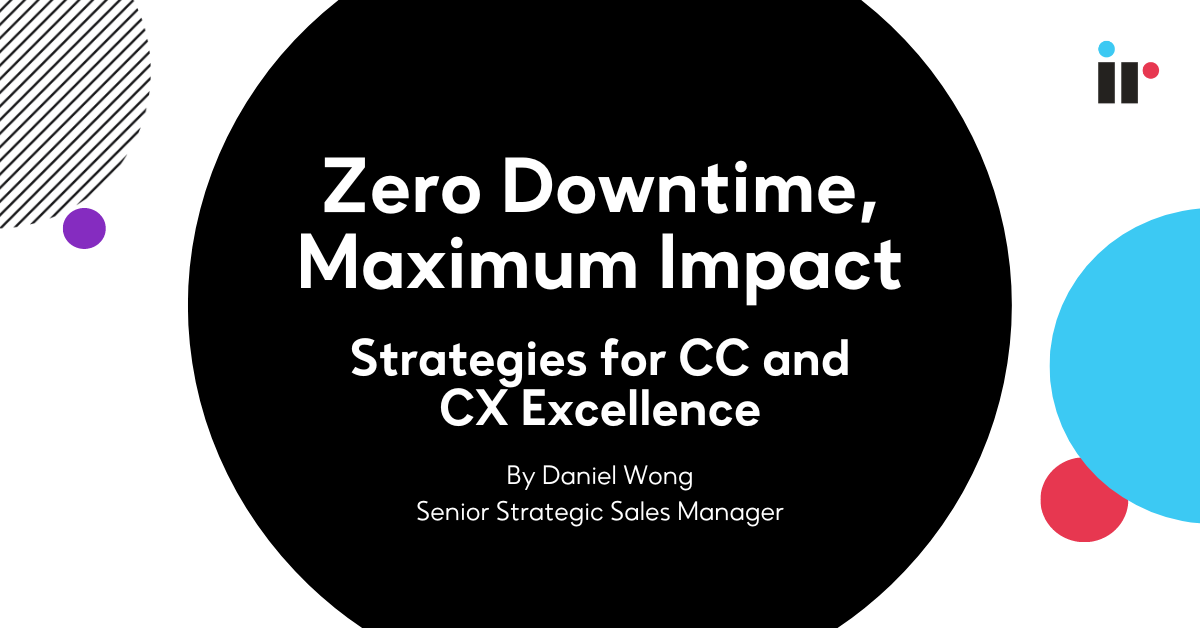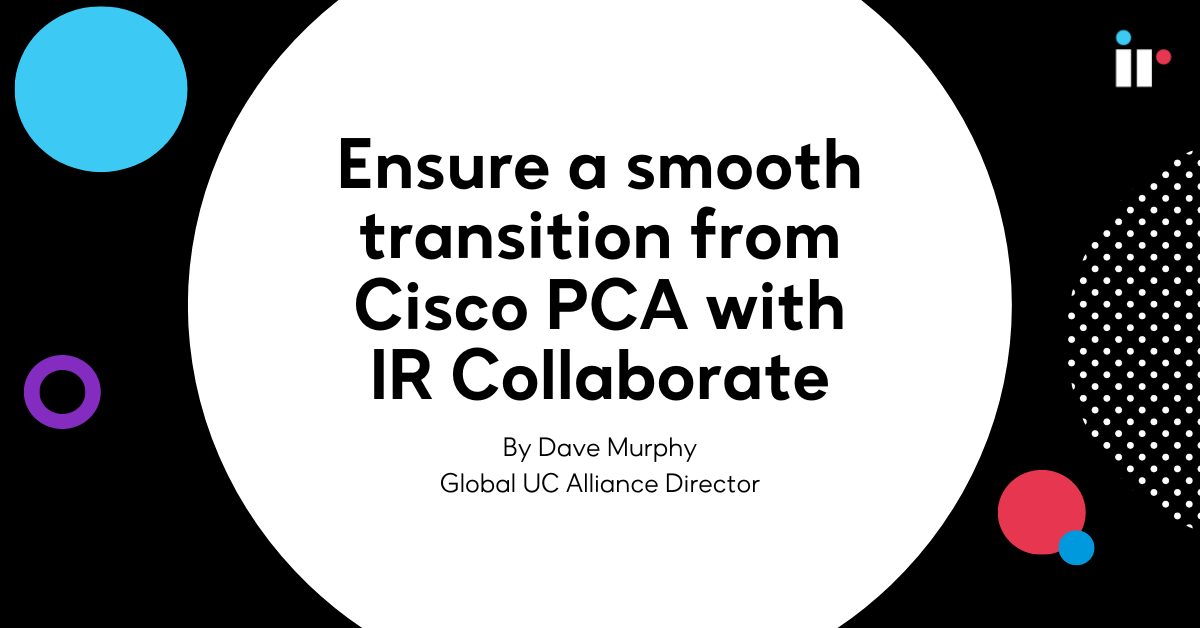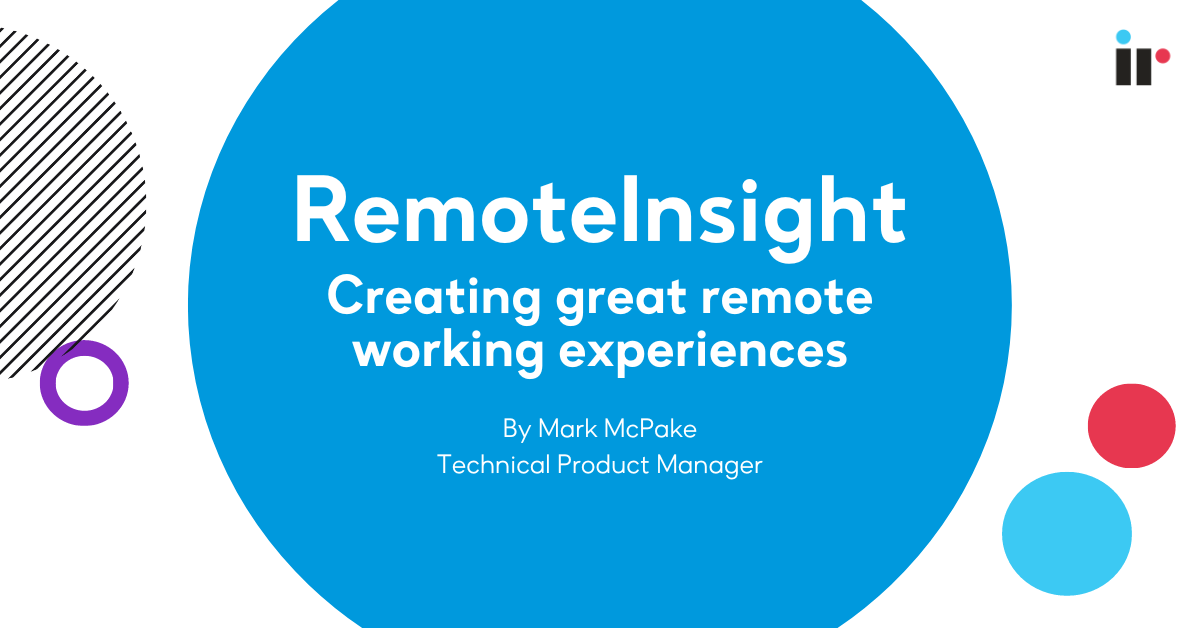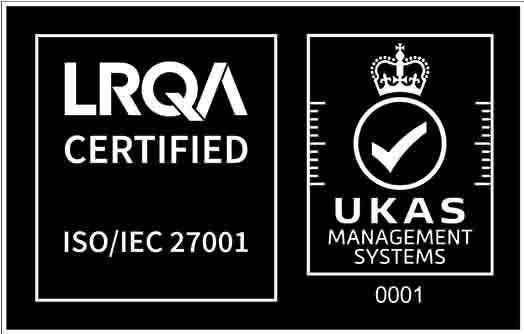Skype for Business continues to change the unified communications landscape. In the majority of instances Skype for Business needs to work effectively with legacy equipment. In his first session on the IR-Podcast, CEO Darc Rasmussen discusses tips on how to effectively manage Skype for Business in a multi-vendor environment.
Want to know more about Skype for Business and how it might fit in with your organization? Download our helpful eBook now.

Transcript
Scott: Unified communications is a multi-vendor world. Where do tools like Skype for Business fit in? Today we visit with Darc Rasmussen, the CEO of IR to discuss Skype in the multi-vendor world.
Darc: Skype for Business is really changing the game in the marketplace today and it is bringing together and creating a single solution that incorporates so many different rich interaction options for users. Voice, video, an instant message interaction that can seamlessly upgrade to a document sharing interaction that can seamlessly upgrade to an audio and video interaction is, you know, could be mistaken for a single vendor solution. I don't need lots of different unified communications systems. I can do it all with Skype for Business. So when we think about how we manage Skype for Business, there's a real danger and we see it often unfortunately both that vendors and the customers using the system says well we only need to monitor to manage and performance optimize Skype for Business to make it work properly. And you know, that is unfortunately a real misconception because the reality is that Skype for Business is a system while it provides this wonderful, you know, single source unified communications capability sits on top of a multi-vendor technology stack.
And for Skype fro Business to run today, you know, requires the underlying hardware. It requires the underlying network. It requires, you know, I guess in more technical senses it requires a full layer 3 level visibility. To be able to use Skype in an enterprise voice environment you have to have session border controllers. Today these are third party systems. They are not Microsoft solutions. We rely on network hardware, routers at layer 2 which are third party systems. It could be Cisco, it could be Juniper. We rely on media gateways, gateways to the PSTN. We even rely on whether cables are properly connected. Whether it be to a desktop or to a router and otherwise. And so, there is an inherent requirement to have a multi-vendor multi-layer visibility and a solution—a performance management solution that only looks at Skype and measures, monitors, optimizes Skype itself is really going to completely miss the mark in being able to deliver an optimized Skype ecosystem management.
Scott: Given the landscape that you describe, how then do you troubleshoot?
Darc: Absolutely. You know, where is the problem? When something is not working as it should, which field should I be looking in? Which haystack is it in? You know, where is that needle. And it could be at layer 2, it could be at layer 3, it could be within Skype itself. It could be a misconfiguration within Skype itself or a setting or it could be the user's desktop device. It could be the wireless connection to my mobile device. How do you even start understanding where in an ecosystem like that the problems exist and it really can only be delivered by a solution that is looking holistically at Skype and its ecosystem. It can really see everything. It can correlate all of the individual pieces of technology to say, well this interaction depended on, you know, all of these different components and layers of technology and then that troubleshooting system should be able to then identify where in that interdependent chain something is abnormal. Are we seeing, you know, low quality at the wifi end where, you know, where the user is operating or are we seeing a cable fault on a individual router or you know, is there too much traffic going through the gateway to the PSTN? It's that holistic view that can help identify the haystack in the field and the needle in the haystack so that multi-vendor holistic view of the entire Skype ecosystem, not just the Skype solution itself.
Scott: This multi-vendor world that you describe, it's going to be around for a while, right? I mean, it's not something that's going away anytime soon.
Darc: No, certainly the inherent architectural design of Skype means that it is inherently a multi-vendor. But when you look at migrations, you know, moving from an existing Skype, sorry, from an existing telephony environment, a legacy telephony environment into the Skype world, you know, for any organization of any size, that is going to be a migration and that, you know, even a short migration might be 12, 24, 36 months. Most organizations are going to have existing assets and investments that they're going to want to depreciate. To fully depreciate your existing assets and investments to be able to conduct a migration effectively over a structured period of time, you're going to need to have a multi-vendor capable performance management monitoring and optimization system.
But Scott, there's also another part to this and that is that if you take the view that, you know, it's going to be a pure environment, we will only use a single kind of technology. We'll only use a performance management system that has a view of only one layer of that, let's say the Microsoft layer, you're really closing yourself out from growth strategies because what it means is that as an organization you're really not able to deliver a rapid competitive response to any situation where you may need alternative ways of communicating. You're locking yourself out from effectively being able to acquire others who may be using other technologies and you're also at a level of restricting yourself in a situation where you may want to innovate or merge with another organization that inherently may not have the same kind of technology as yourself.
Scott: You were talking about all the different—when you have a UC multi-vendor environment and all the potential things that need to monitoring, do you find that some people are just overwhelmed or they're not prepared to do what it takes and so they don't take the steps necessary?
Darc: Yes.
Scott: As you say the sort of lock themselves into a corner there and don't do what's necessary to remain competitive?
Darc: Yes! Look, absolutely. I think that so many organizations today are struggling with the fact that they've got so many different systems in their environment that they're using so many different tools to try to manage that environment. You know, each of those tools has its own complexity associated with it and none of them gives them that full overview of all of the different systems, all of the multivendor environment and the layers of technology that they're trying to deal with and they're very operationally inefficient. They're reactive and really the only way to become proactive, to optimize your system and to become more agile in responding to business change is to be able to take that step back and put something over the top of this complexity, give you an overview of the elements, allow you to optimize as a full ecosystem rather than a collection of different systems.
Scott: For more podcasts on unified communication environments, visit the industry leaders at IR.com.





